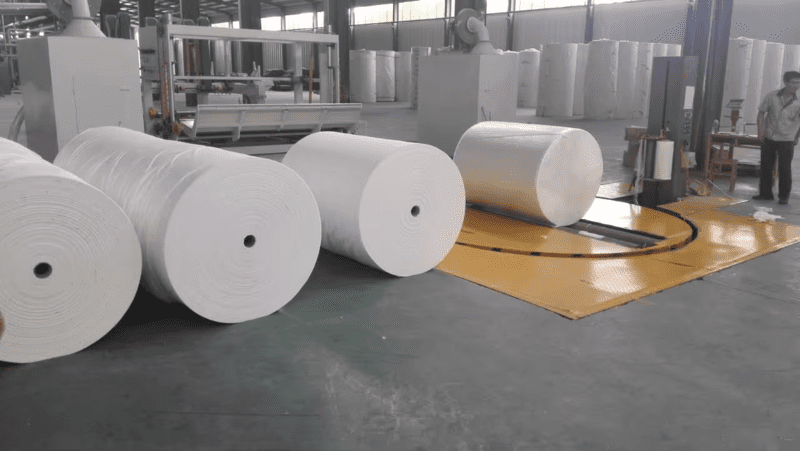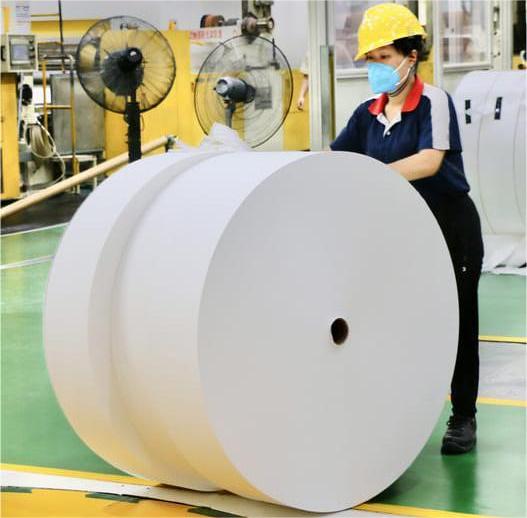Toilet Paper Shortage in African Countries: Opportunities and Challenges in African Tissue Market
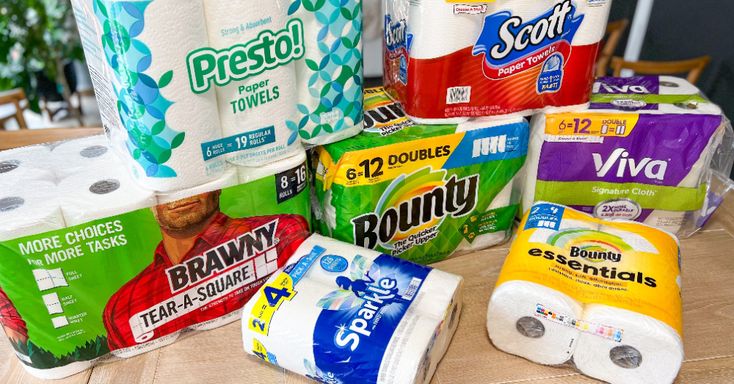
I. Introduction
The ongoing toilet paper scarcity across various African countries has reached critical levels, affecting millions of people. This shortage underscores the essential role of the tissue market in both the continent’s economy and the daily lives of its inhabitants. As a vital component of consumer health and hygiene, the unavailability of toilet tissue can lead to significant public health challenges. This article examines the current shortage’s challenges and explores the potential for market growth and innovation within the African tissue industry.
II. Background
Historically, the supply and demand dynamics of toilet paper in Africa have been influenced by several factors, including economic instability, infrastructure issues, and fluctuating import costs. Past shortages have often been attributed to disruptions in the supply chain and increased demand during economic upturns. Presently, a combination of factors, such as COVID-19-related supply chain disruptions, rising demand due to population growth, and economic downturns, have exacerbated the situation. Comparing the African tissue market with global counterparts reveals unique challenges, such as higher import dependency and less developed manufacturing infrastructure, alongside opportunities for localized production and innovation.
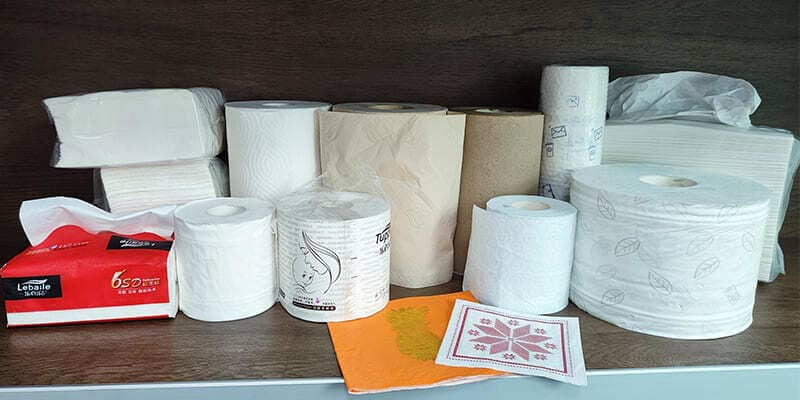
III. The Impact of the Shortage
The shortage has had several direct effects on consumers, including significant price hikes and limited access to essential hygiene products like Toilet paper, Facial tissue, Paper towels, Kitchen towel and Napkins, etc. These issues have adversely affected daily life and sanitation practices, especially in lower-income communities. Economically, the scarcity has strained businesses reliant on tissue products, from retailers to hospitality industries, creating a ripple effect that impacts local economies. Additionally, the shortage has prompted a push towards sustainable alternatives, highlighting the environmental impact and the potential for greener solutions in the tissue market.
IV. Opportunities Presented by the Shortage
Despite the challenges, the shortage presents several opportunities. Boosting local manufacturing can lead to job creation and economic stimulation, reducing dependency on imports. There is also room for innovation in product development, particularly in sustainable and alternative tissue products, which can cater to environmentally conscious consumers. Government policies can play a crucial role by fostering a supportive environment for industry growth, providing incentives for local production, and promoting sustainable practices.
V. Challenges to Overcome
Several challenges need to be addressed to overcome the current shortage. Infrastructural and logistical issues hinder efficient production and distribution of tissue products across the continent. Financial barriers, such as limited access to capital and high raw material costs, also pose significant hurdles for new and expanding businesses. Furthermore, the competitive landscape, dominated by established international brands, requires local manufacturers to innovate and differentiate their products to gain market share.
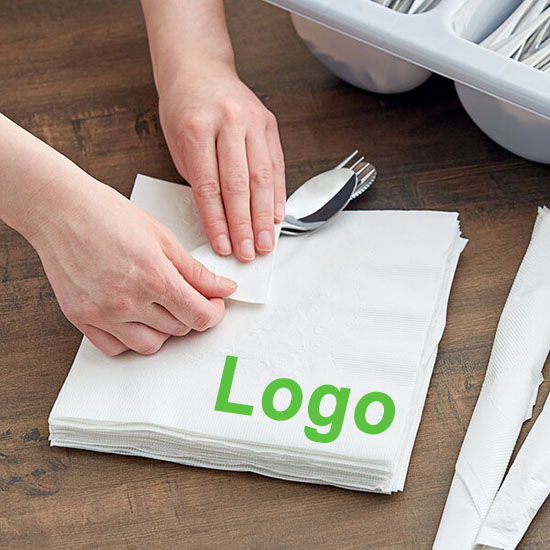
VI. Case Studies
Success stories of local tissue manufacturing ventures, such as the rise of companies that have effectively utilized local resources and innovative practices, provide valuable insights. These cases highlight strategies like leveraging local raw materials like virgin paper pulp and adopting cost-effective production techniques. Conversely, analyzing failed ventures reveals key lessons, such as the importance of robust supply chain management and the need for strong financial planning to avoid similar pitfalls in the future.
VII. Future Outlook
The future of the African tissue market appears promising, with potential for significant growth driven by increasing demand and ongoing innovations. Predictions for the market suggest a trend towards greater local production capacity and a shift towards sustainable products. Strategies to ensure a stable supply of toilet paper include investments in technology, infrastructure improvements, and fostering collaborations between public and private sectors. Global economic changes and environmental concerns will continue to shape the market, necessitating adaptive and forward-thinking approaches.
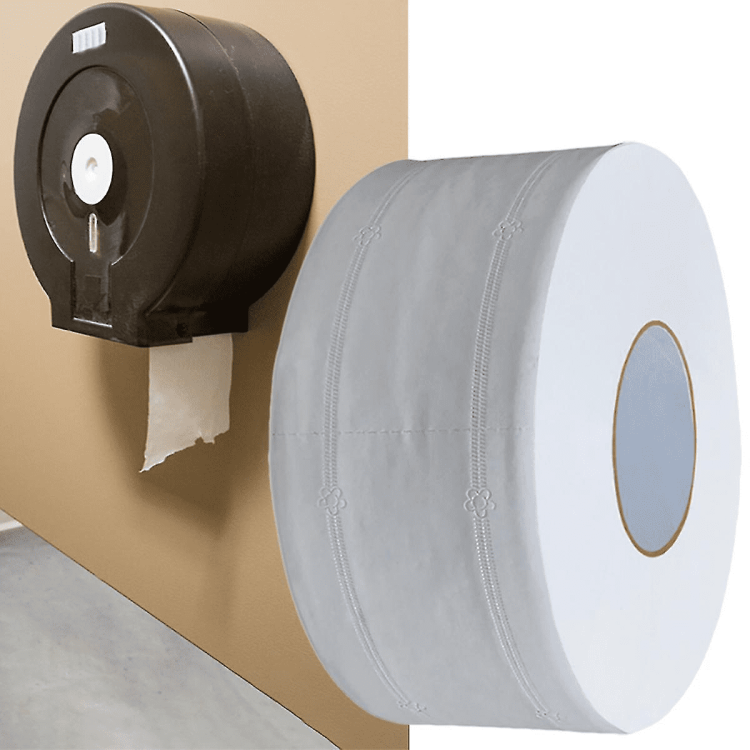
VIII. Conclusion
The toilet paper shortage in African countries presents both significant challenges and unique opportunities. While the shortage has highlighted vulnerabilities in the supply chain and market structure, it has also opened doors for local manufacturing growth and innovation. The resilience and adaptability of the African tissue market will depend on overcoming infrastructural, financial, and competitive challenges. By collaborating on solutions and fostering an environment conducive to growth, stakeholders can ensure a stable and sustainable future for the tissue industry in Africa.
IX. References
- Academic papers on supply chain management and economic impact in African markets.
- Industry reports from market research firms analyzing the tissue paper industry.
- Expert interviews with key stakeholders in the African tissue market.
- Case studies and analyses of successful and failed ventures within the industry.
- Government policy documents related to manufacturing and trade in Africa.
- Environmental impact studies on tissue production and sustainable alternatives.
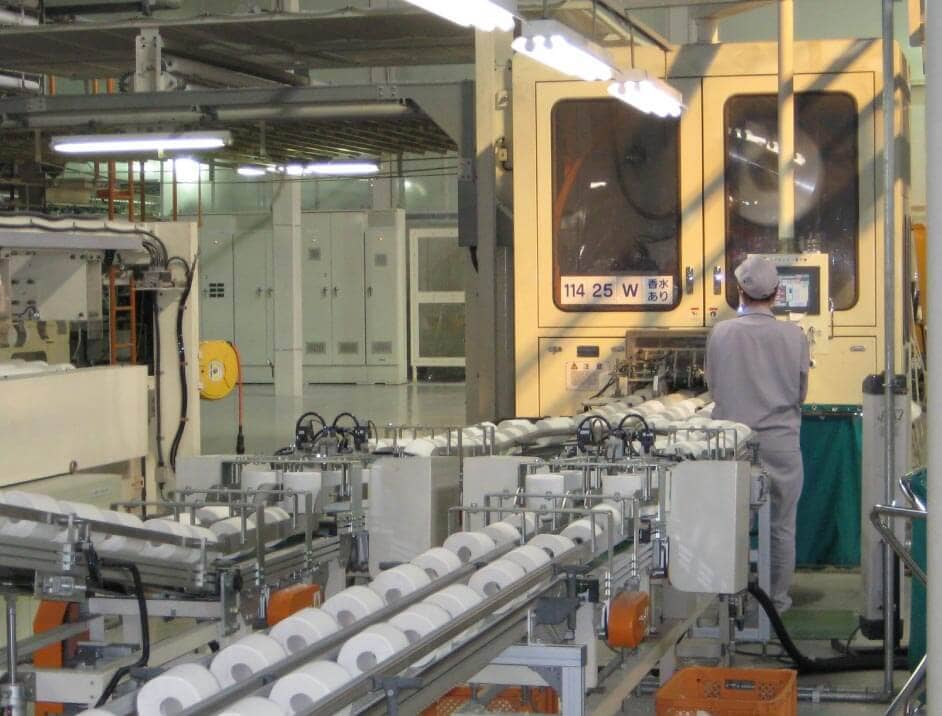
Governments can support local tissue production in several ways to foster a robust and sustainable industry:
1. Investment in Infrastructure: By investing in the necessary infrastructure, such as transportation networks and utilities, governments can reduce the operational costs for tissue manufacturers.
2. Financial Incentives: Offering tax breaks, subsidies, or grants to local tissue producers can encourage investment and expansion of the industry.
3. Research and Development: Supporting R&D can lead to innovations in tissue production, such as the development of more efficient manufacturing processes or sustainable materials.
4. Market Access: Facilitating access to both local and international markets through trade agreements and export assistance programs can help tissue producers expand their reach.
5. Regulatory Support: Streamlining regulations and providing clear guidelines can simplify the process of setting up and operating tissue production facilities.
6. Education and Training: Investing in education and vocational training programs can ensure a skilled workforce for the tissue industry.
7. Environmental Policies: Implementing policies that encourage recycling and sustainable practices can help make the tissue industry more eco-friendly and cost-effective.
By implementing these strategies, governments can create a favorable environment for the growth of the local tissue production industry, ensuring a stable supply and promoting economic development.
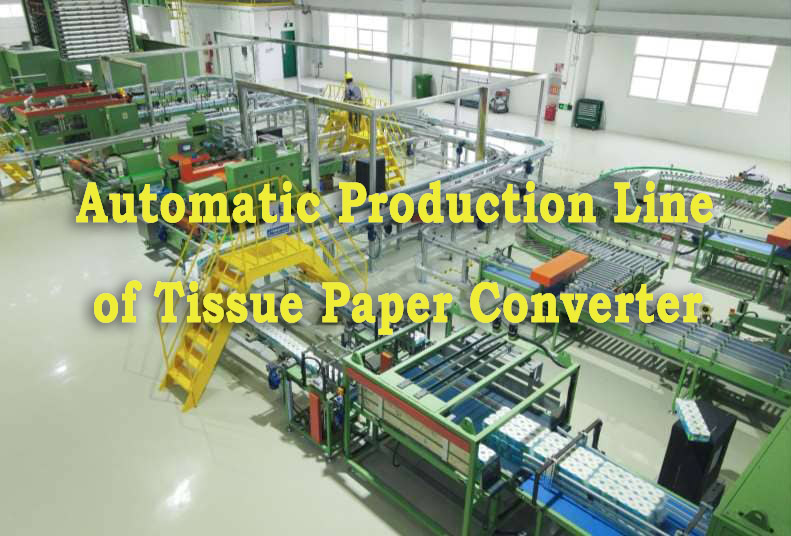
There are several successful examples of government support for the tissue industry in Africa, which have helped local companies thrive and expand:
1. South Africa’s Energy Solutions for the Tissue Industry:
In South Africa, the government’s efforts to solve the energy crisis have had a positive impact on the tissue industry. For instance, Universal Paper & Plastics has reduced its reliance on the strained electricity grid by installing 3 MW of solar panels, which has decreased its electricity consumption from the grid by 25%. This initiative not only supports the environment but also reduces operational costs for the company.
2. Uganda’s Support for Tissue Culture Technology:
The Ugandan government has supported AGT Laboratories, a company that uses tissue culture technology to produce disease-free planting materials. This support has enabled AGT Laboratories to become the largest tissue culture laboratory in East and Central Africa, with a capacity to produce up to 10 million tissue culture plants per annum. The government’s backing has been crucial in scaling up and commercializing this venture.
These examples demonstrate how government support can play a pivotal role in the success of local industries, including the tissue sector, by providing the necessary infrastructure, financial incentives, and policy frameworks to foster growth and sustainability.
Related Questions
- What are the problems with tissue paper manufacturing?
- Do they use toilet paper in Africa?
- How big is the toilet paper industry in South Africa?
- Which country buys the most toilet paper?



